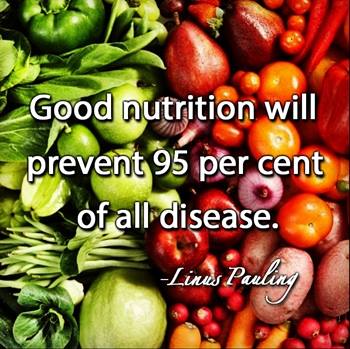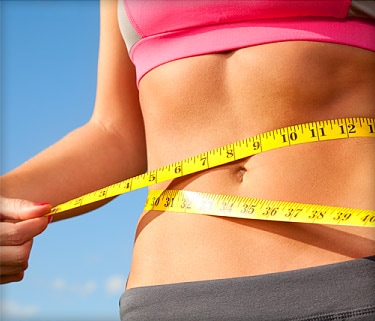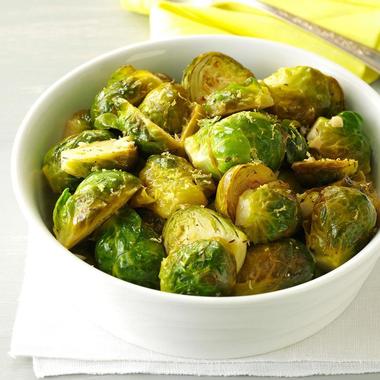|
In a world where gas stations contain more snacks and sodas than they do fuel for your car, and there is drive-thru on every corner, it can be hard to focus on good nutrition. The temptation is everywhere! Here are some simple ways you can stay focused on nutrition without obsessing!
A study published in American Family Physician discusses how the body has many preventative measures in place to prevent weight loss. While someone who eats a 100 calorie deficit a day for a year would be expected to lose around 50 pounds they tend to only lose 10. This is because of factors like hormones, activity, and your bodies need to hold onto fat in the case of famine (think 500 years ago, or even 100). Our bodies don’t follow a nice, neat trend line. Focus on the foods that will nourish your body instead of the number of calories, or your macros, or micros. We simply don’t understand enough about the human organism to predict weight loss based on these numbers.
If you know there is a lot of color variety in your diet, then you know you are getting a good dose of phytochemicals. What are phytochemicals? They are chemicals that produce the colors in foods like blueberries, strawberries, and peppers. Studies show that phytochemicals act as antioxidants and they work synergistically with the vitamins, minerals, and fiber found in whole foods to promote good health and reduce the risk of disease.
However, what about when it’s co-worker’s birthday? Do you have to decline the catered meal at the office? Or do you avoid the celebratory cocktail, an occasional glass of wine, or ice cream indulgence? No! That is the other 20% of the food you eat. As long as you are eating well most of the time, you can forgive yourself for the other 20% and enjoy the hotdog at the ballpark, or popcorn at the movies.
You can write everything down and then review it later to see if it was in line with your nutritional goals. Many times, you may find your food journal reflects your emotional health. As you experience stress, you may reach for salty, high-fat, comfort foods. The quicker you learn this, the faster you can fix it. If you don’t want to count, log, or pay too much attention to diet; but you still want to make sure you are getting good nutrition; aim for a minimum of 5 servings of fruits and vegetables a day. If you hit this mark, you know you are focused on nutrition, without focusing too much on things like calories and numbers. Hopefully these steps help you narrow your focus on your nutrition. Try them and see what works best for you.
0 Comments
Have you said “bye bye” to sleeping through the night? Are you feeling exhausted or “running on stress hormones” all day? Do not fear, I have some great tips (and an amazing recipe) for you! The science of sleep is fascinating, complicated and growing Sleep is this daily thing that we all do and yet we're just beginning to understand all of the ways it helps us and all of the factors that can affect it. Lack of sleep affects just about everything in your body and mind. People who get less sleep tend to be at higher risk for so many health issues like diabetes, heart disease, and certain types of cancer; not to mention effects like slower metabolism, weight gain, hormone imbalance, and inflammation. And don't forget the impact lack of sleep can have on moods, memory and decision-making skills. Do you know that lack of sleep may even negate the health benefits of your exercise program? (Gasp!) OMG – What aspect of health does sleep not affect??? Knowing this it's easy to see the three main purposes of sleep:
Do you know how much sleep adults need? It's less than your growing kids need but you may be surprised that it's recommended that all adults get 7 - 9 hours a night. For real! Try not to skimp! (Don't worry, I have you covered with a bunch of actionable tips below.) Tips for better sleep
So how many of these tips can you start implementing today? Recipe (Caffeine-free latte for your afternoon “coffee break”): Caffeine-Free Chai Latte Serves 1-2
1 bag of rooibos chai tea (rooibos is naturally caffeine-free) 2 cups of boiling water 1 tablespoon tahini 1 tablespoon almond butter (creamy is preferred) 2 dates (optional) Cover the teabag and dates (if using) with 2 cups of boiling water and steep for a few minutes. Discard the tea bag & place tea, soaked dates, tahini & almond butter into a blender. Blend until creamy. Serve and Enjoy! Tip: You can try this with other nut or seed butters to see which flavour combination you like the best. Cashew butter anyone? You totally want to ditch your scale, don't you? You may have this weird kind of relationship with your “weight”. I mean, it doesn't define you (obviously). What you weigh can matter but only to a certain extent. Let's look at your waist circumference (well...you look at yours and I'll look at mine). Waist Circumference (AKA “Belly Fat”): Do you remember the fruity body shape descriptions being like an “apple” or a “pear”? The apple is kinda round around the middle (you know – belly fat-ish, kinda beer belly-ish) and the pear is rounder around the hips/thighs. THAT is what we're talking about here. Do you know which shape is associated with a higher risk of sleep apnea, blood sugar issues (e.g. insulin resistance and diabetes) and heart issues (high blood pressure, blood fat, and arterial diseases). Yup – that apple! And it's not because of the subcutaneous (under the skin) fat that you may refer to as a “muffin top”. The health risk is actually due to the fat inside the abdomen covering the liver, intestines and other organs there. This internal fat is called “visceral fat” and that's where a lot of the problem actually is. It's this “un-pinchable” fat. The reason the visceral fat can be a health issue is because it releases fatty acids, inflammatory compounds, and hormones that can negatively affect your blood fats, blood sugars, and blood pressure. And the apple-shaped people tend to have a lot more of this hidden visceral fat than the pear-shaped people do. So as you can see where your fat is stored is more important that how much you weigh. Am I an apple or a pear? It's pretty simple to find out if you're in the higher risk category or not. The easiest way is to just measure your waist circumference with a measuring tape. You can do it right now. Women, if your waist is 35” or more you could be considered to have “abdominal obesity” and be in the higher risk category. Pregnant ladies are exempt, of course. For men the number is 40”. Of course this isn't a diagnostic tool. There are lots of risk factors for chronic diseases. Waist circumference is just one of them. If you have concerns definitely see your doctor. Tips for helping reduce some belly fat:
Recipe (High fiber side dish): Garlic Lemon Roasted Brussels Sprout Serves 4 1 lb Brussels sprouts (washed, ends removed, halved)
2-3 cloves of garlic (minced) 2 tablespoons extra virgin olive oil 2 teaspoons fresh lemon juice dash salt and pepper Preheat oven to 400F. In a bowl toss sprouts with garlic, oil, and lemon juice. Spread on a baking tray and season with salt and pepper. Bake for about 15 minutes. Toss. Bake for another 10 minutes. Serve and Enjoy! Tip: Brussel sprouts contain the fat-soluble bone-loving vitamin K. You may want to eat them more often. |
Archives
November 2022
Categories
All
|





 RSS Feed
RSS Feed